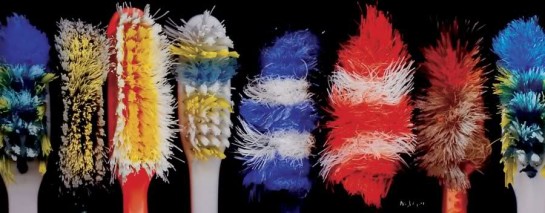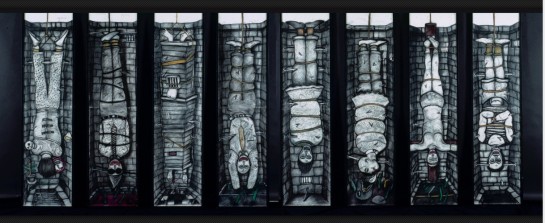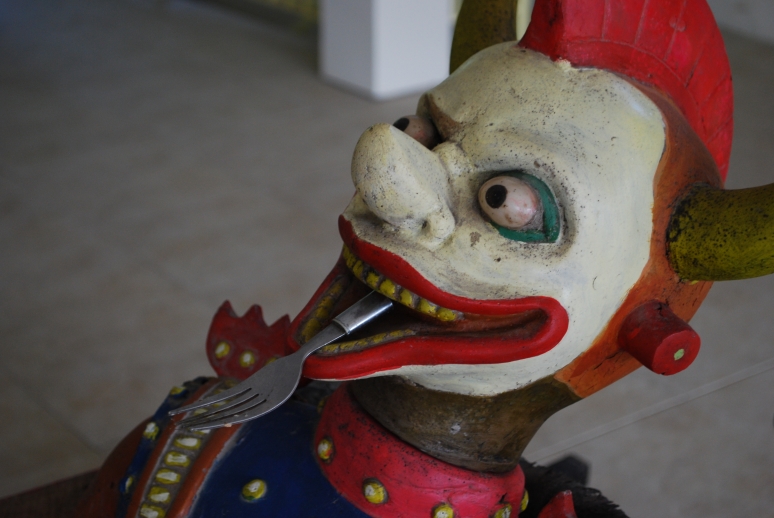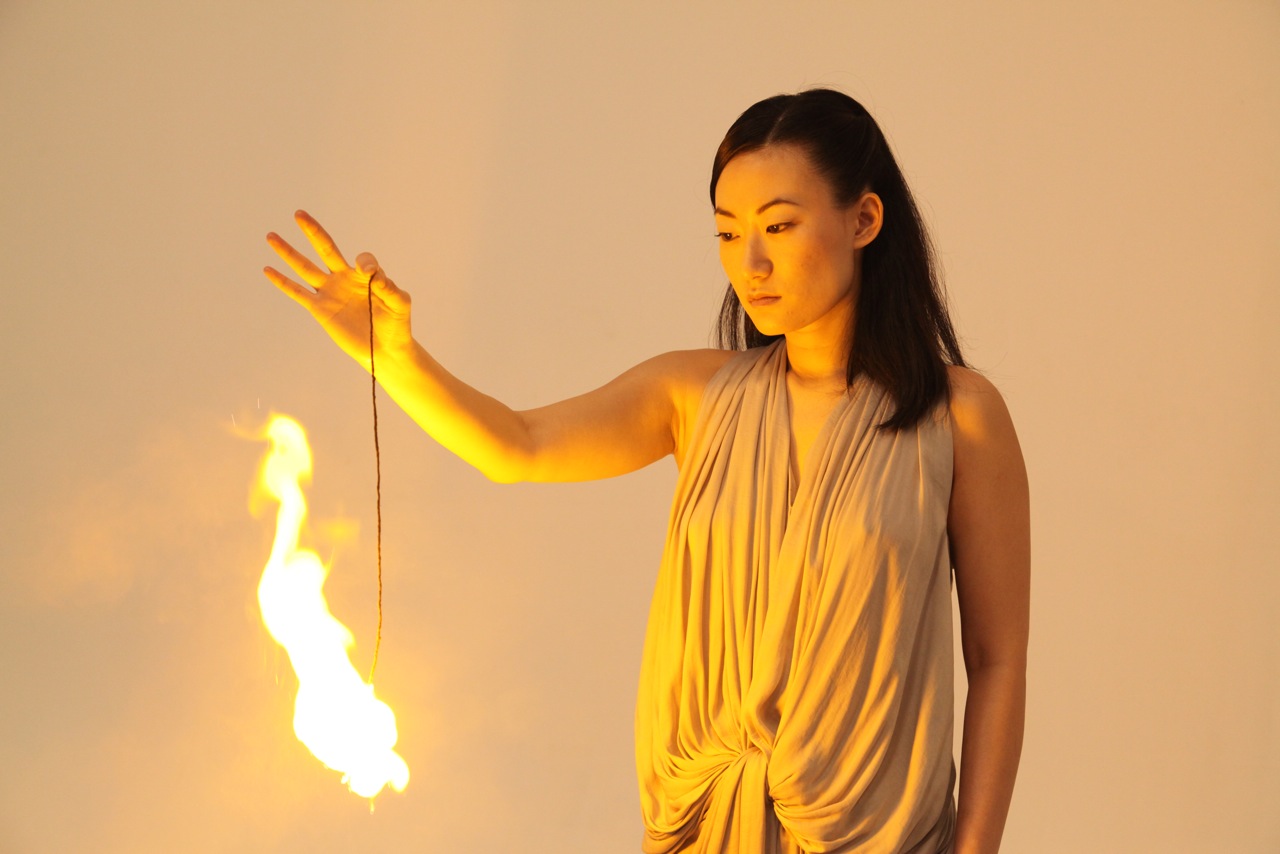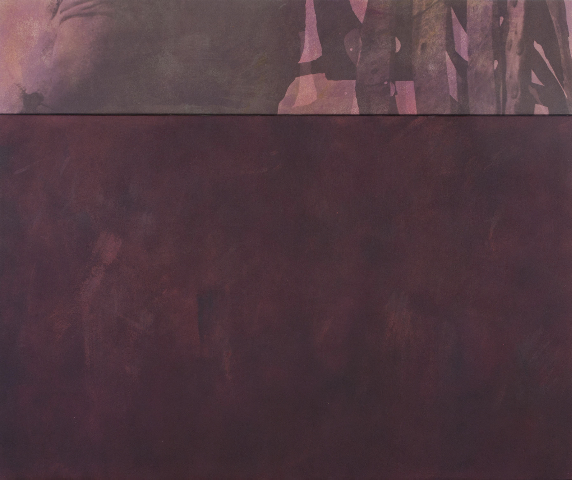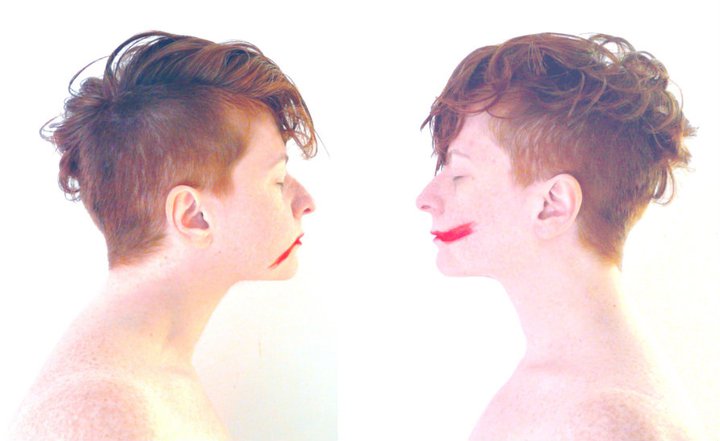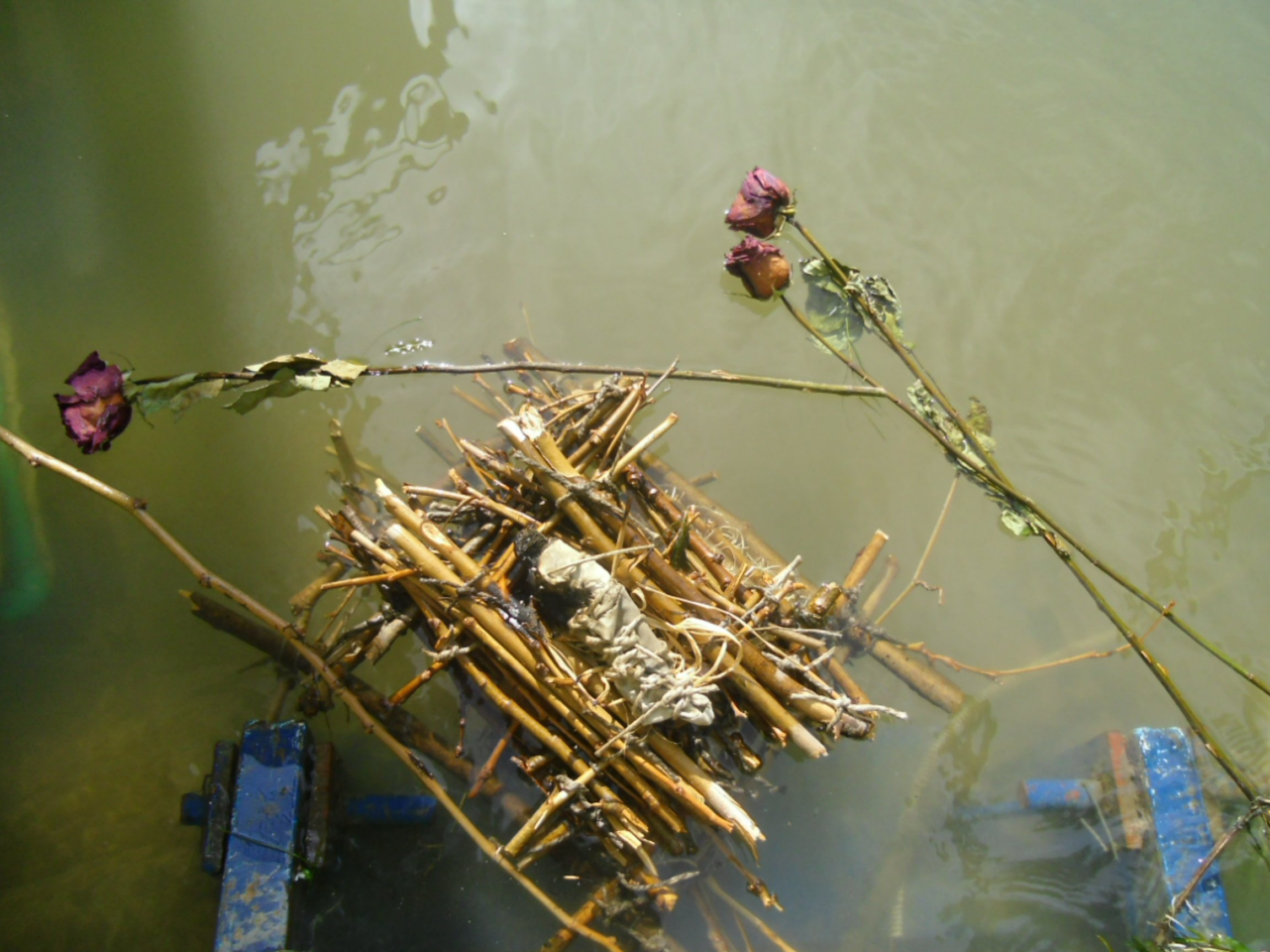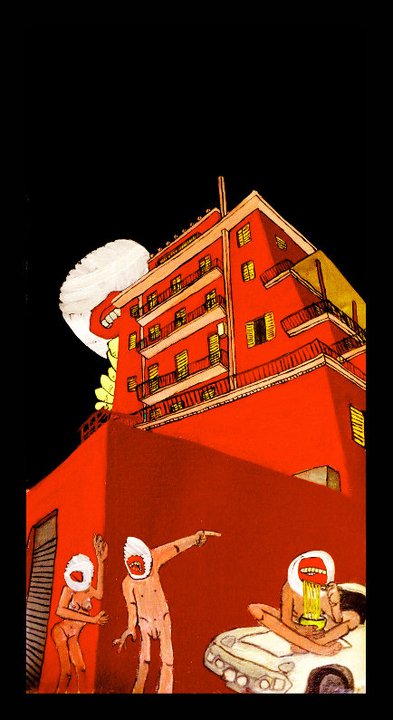
The Museo di Roma in Trastevere represents, in the city of Rome, the only museum opened to photography in the true sense of the word.
Often you can find there interesting exhibitions on American photographers, like the unforgettable one on Stephen Shore.
These kinds of shows lead the roman audience to a certain vision of photography that is less renowned in Rome, and opens new dialogue possibilities between the city and the subject of the exhibition.
This was the case of Leonard Freed, the famous Magnum photographer.
It was Magnum that starts a weird combination between art and documentary photography, and Leonard Freed was one of them who followed the idea that a snapshot can be interesting, pushing the idea of spontaneity.
It seemed that Leonard had a predilection for Italy. From there the title “Io amo l’Italia”, an exaggerated declaration of love not to be suspected.
Indeed, people came called by Freed’s celebrity, finding something maybe below the level of the photographer’s serious work.
You know, it’s from 2006 that Leonard has been dead, so we can’t absolutely blame him for this exhibition.
Maybe he even hates Italy and he was forced to come. Maybe one time, just one time, he said, to make an Italian friend happy “Iow Aemoh leh’eetalia” with an odd American accent, and the newpapers reports this quote and unfortunately the curator of the exhibition read it and he said “Ok, let’s make an exhibition on Freed’s Italian photos”
So we can’t blame Leonard, really.
We could rather blame the curator, who had to place the photographs he wants to show in the context. That would mean as the context of Italy (and that’s ok) either the modern sensibility of the watcher (and that doesn’t work).
Read More
